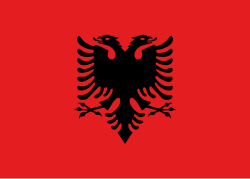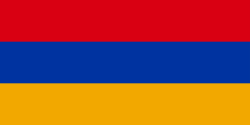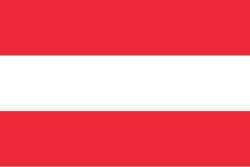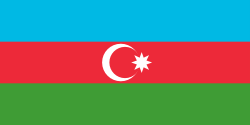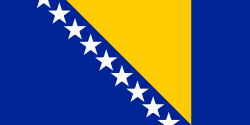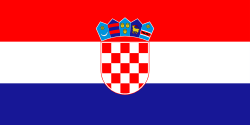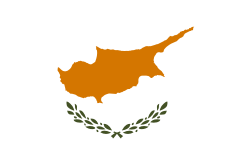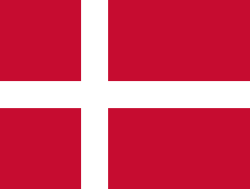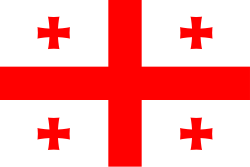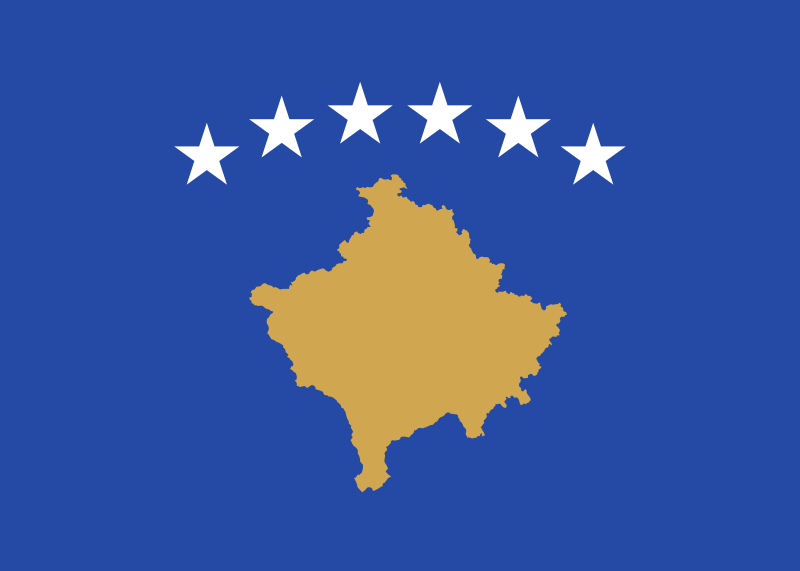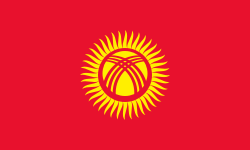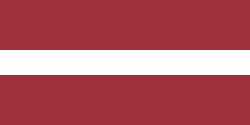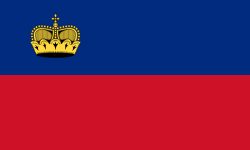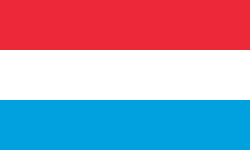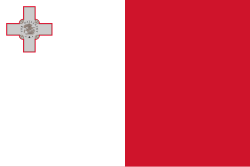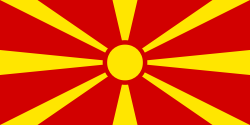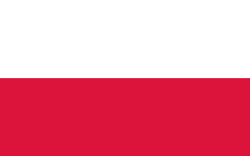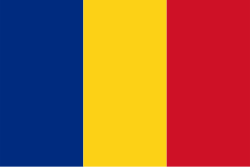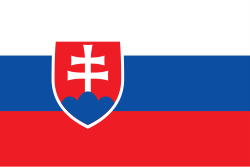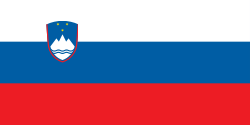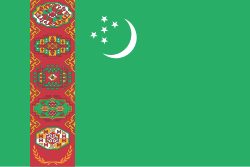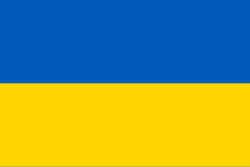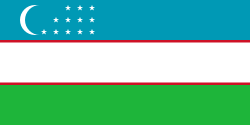General Information
Population
Immigration
Emigration
Working-age population
Unemployment rate
GDP
Refugees, Asylum seekers, IDPs
Citizenship
Territory
Migration Authorities
Responsible Body
Line Ministries
Ministry of Labour, Pension System, Family and Social Policy
Ministry of Foreign and European Affairs
Ministry of Demography and Immigration
Ministry of Science, Education and Youth
Agencies
Key Policy Documents
2024 Strategy for Demographic Revitalization of the Republic of Croatia until 2033
2022 Ordinance on the temporary residence of third country nationals in the Republic of Croatia
2020 Law on Regulated Professions and Recognition of Foreign Professional Qualifications
2019 Law on EEA nationals and members of their families
Description
Croatia is undergoing a transition from a traditional country of emigration to one increasingly defined by immigration. Following a steady population decline from 4,202,000 in 2014 to 3,855,641 in 2022, the country has recently experienced a modest demographic recovery, with the population rising to 3,866,233 in 2024. Over the past decade, the natural population growth has remained negative, but positive migration balances have helped stabilise the overall population size. In 2024, Croatia’s net migration, which had remained negative between 2015 and 2021, reached 31,394. At the same time, population ageing persisted, with the average age reaching 44.5 years, placing Croatia among the oldest nations in Europe.
Emigration from Croatia has been driven by economic hardship, political instability, and more recently opportunities for labour mobility within the EU. In 2011-2012, emigration averaged around 12,800 persons annually, but this number rose sharply afterwards: peaking at 47,352 in 2017 and again at 46,287 in 2022. The increase was particularly pronounced after Germany lifted labour market restrictions for Croatian workers in 2015. In 2024, the flow reached 38,997 persons, of whom 51.7% were Croatian citizens and 48.3% were foreigners. Given that many Croatian nationals do not register while leaving Croatia, the actual number of emigrants is likely higher. The main countries of destination for Croatian emigrants are Germany, Bosnia and Herzegovina, Serbia and Austria. Close to half of all emigrants were aged 20 to 39 years.
According to the UN DESA, the number of Croats living abroad (officially defined as ‘Croats outside Croatia’ as per the national Law) stood at 826,166 in 2024, with the majority (89.5% or 739,536) residing in Europe. The largest Croatian communities are found in Germany (32.8%) and Serbia (27%), while Austria (7.2%), Australia (5.8%) and Canada (4.2%) also host a considerable number of Croatian emigrants.
Continuous emigration and population ageing in Croatia contribute to labour shortages and constrain the country’s economic and social development. At the same time, emigration boosts remittance inflow, which support private consumption and strengthen the country's balance of payments. As a share of GDP, remittances increased from 4.7% in 2013 to 7.3% in 2024.
Over the past decade, immigration to Croatia has steadily increased, surpassing emigration since 2022. In 2024, 70,391 persons immigrated to the country, including 13,290 returning Croatian nationals. Migration patterns have shifted in recent years: while most immigrants once came from Bosnia and Herzegovina and Serbia, growing numbers now arrive from Asia, mainly labour migrants from Nepal, India and the Philippines. In 2024, 14.2% of all immigrants were from Nepal and 11.3% from Bosnia and Herzegovina.
The number of first-time and all valid resident permits issued to non-EU nationals in Croatia have increased sharply, reflecting continued labour-driven migration. First-time permits rose from 57,330 in 2022 to 89,809 in 2024, consequently driving the stock of permits from 88,929 to a record 140,634. Most new permits were issued for nationals of Nepal (19.4%) and India (11.6%), with employment as the main purpose – accounting for 92% of first-time and 81% of all valid permits.
According to UN DESA, 527,831 immigrants were residing in Croatia in 2024, with the vast majority coming from Europe. Nationals of neighbouring Bosnia and Herzegovina (68.8%) represent the largest immigrant group, followed by Serbians (8.7%), Germans (5.7%), and Ukrainians (4.8%).
Croatia’s labour market is highly seasonal, with shortages in tourism, construction and healthcare, during peak seasons. To fill these gaps, sectors like agriculture, retail, and food production rely on foreign labour. Seasonal work permits, issued under Article 104 of the Aliens Act and exempt from labour market tests, allow non-EU nationals to work in Croatia for up to 90 days in agriculture, forestry, hospitality, tourism. Most migrant workers occupy low-skilled jobs, where English proficiency is an asset, particularly in tourism. While demand for highly skilled labour is expected to grow by 2035, especially in information and communication sectors, lower-skilled employment will remain dominant and often filled by overqualified migrant workers.
In 2024, Croatia refused entry to 13,945 individuals, mostly citizens of Bosnia and Herzegovina and Serbia. The figure remains close to the 2020 peak of 14,710 refusals. The number of non-EU nationals found to be illegally present in Croatia fell from the 2023 peak of 67,950 to 31,195 in 2024. Returns orders have also declined from 40,525 in 2022 (75.2% issued to nationals of Asian countries) to 11,750 in 2024. That same year, 6,685 individuals were actually returned in 2024 – the highest number since 2013.
Asylum applications in Croatia declined by 30% to 1,228, down from 1,747 in 2023. The number of positive decisions remains low, with a recognition rate of only 21%. As in previous years, many applicants continued to move onwards to other EU+ countries, often without formalising their claims. In 2024, the main countries of origin of asylum seekers were Russia (29%), Syria (16%), and Türkiye (15%). By the end of 2024, , Croatia temporarily suspended processing of asylum applications from Syrian nationals following the fall of the Assad regime, affecting 53 cases. Since 2015, Croatia recognised 537 Syrians as refugees.
Following the EU’s 4 March 2022 decision on the mass influx from Ukraine, Croatia granted temporary protection and covered housing costs for those displaced in private accommodation. Ukrainian nationals are allowed to enter Croatia without a passport. Financial support is also provided for displaced school children. In September 2025, Croatia hosted 27,835 temporary protection beneficiaries.
Croatia remains a source, transit, and destination country for trafficking in persons, with victims exploited in sex trafficking, forced labour, begging, and criminality. In 2024, authorities identified 21 victims, including three foreign nationals, investigated 14 cases, prosecuted 13 traffickers, and secured three convictions. A new National Action Plan for Combatting Trafficking in Human Beings for the period until 2030 along with implementation plan for 2024-2026 was adopted in 2024. Victim protection was supported through NGO-run shelters, mobile identification teams, and a civil society network providing legal and psychological assistance, with increased financial allocations compared to the previous year. The authorities also expanded Victim and Witness Support Offices in county courts and continued training for law enforcement and judicial staff. Despite progress, challenges persist in victim identification, particularly among migrants, asylum seekers, and in preventing their penalisation for offences linked to exploitation.
In 2025, the Government adopted 2030 Migration and Asylum Management Plan to strengthen migration management through five strategic goals: preventing illegal crossings, building an effective asylum system, promoting legal arrivals, integrating people under international protection and enhancing cooperation with non-EU countries. Complementing this, the 2033 Demographic Revitalisation Strategy, adopted in 2024, focuses on balanced mobility and migrant integration, including plans to establish a dedicated migration office.
Croatia’s migration framework has been substantially revised through amendments to the Aliens Act. The 2021 reform replaced the quota system with a labour market test for non-EU nationals to liberalise labour immigration and introduced a digital nomad visa, exempt from local income tax. The 2025 amendments added a temporary residence category for Croatian emigrants and their descendants from third countries, granting immediate access to work, education and citizenship.
Following the 2024 elections, Croatia established the Ministry of Demography and Immigration, responsible for demographic policy, family support, and return migration, consolidating related functions related to demography from other state offices.
Croatia became a full Schengen member on 1 January 2023m, following Council Decision (EU) 2022/2451. Amendments to border and migration laws aligned national legislation with the Schengen acquis, leading to the removal of internal border controls, including at air borders from March 2023. A 2023 Memorandum of Understanding with Frontex strengthened cooperation on returns.
The country is a member of various migration dialogues, including the Prague Process. Croatia adopted the Global Compact for Safe, Orderly and Regular Migration and the Global Compact for Refugees. The country is preparing its National Implementation Plan (NIP) for the EU Pact on Migration and Asylum, expected by mid-2026.
Relevant Publications
